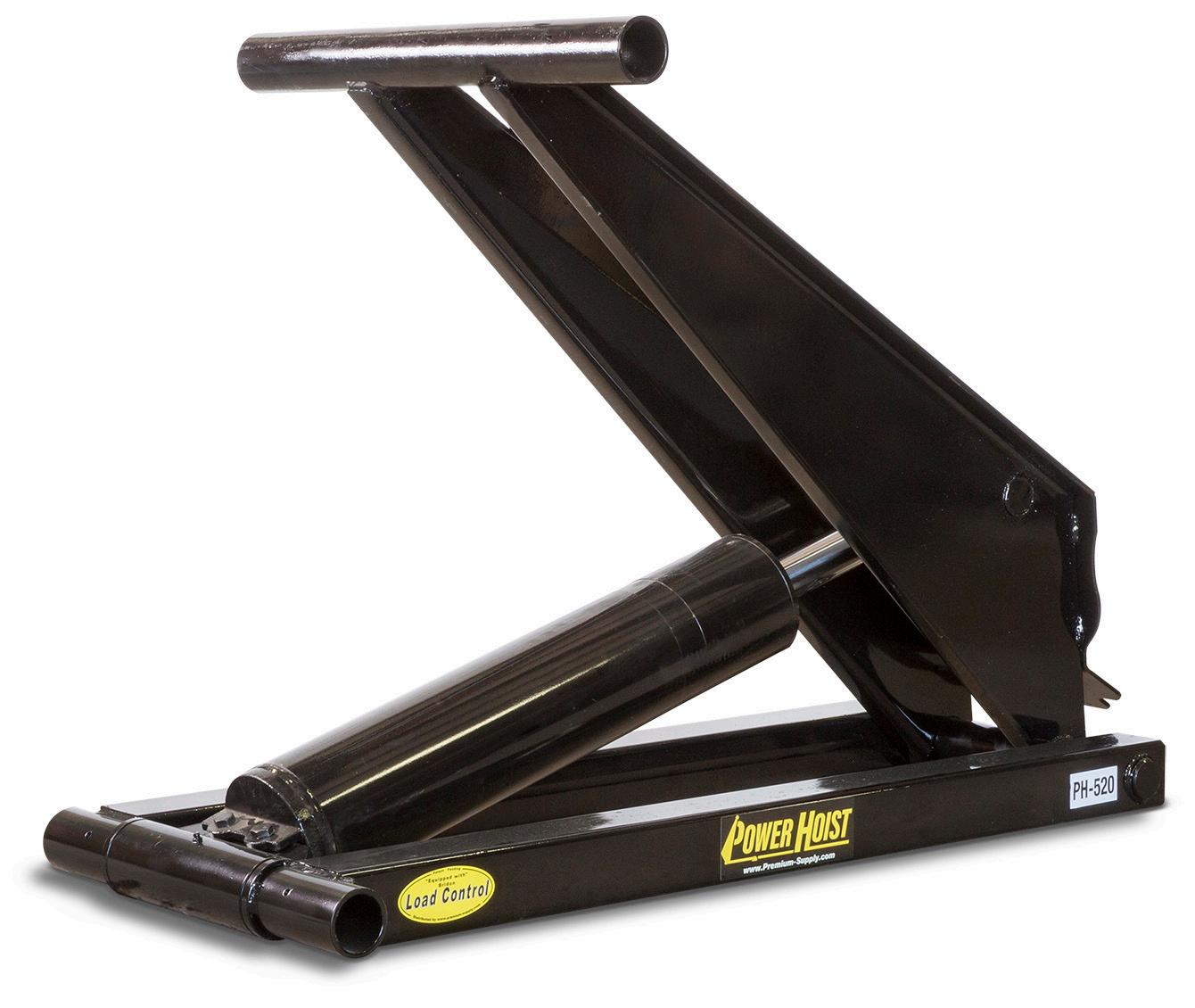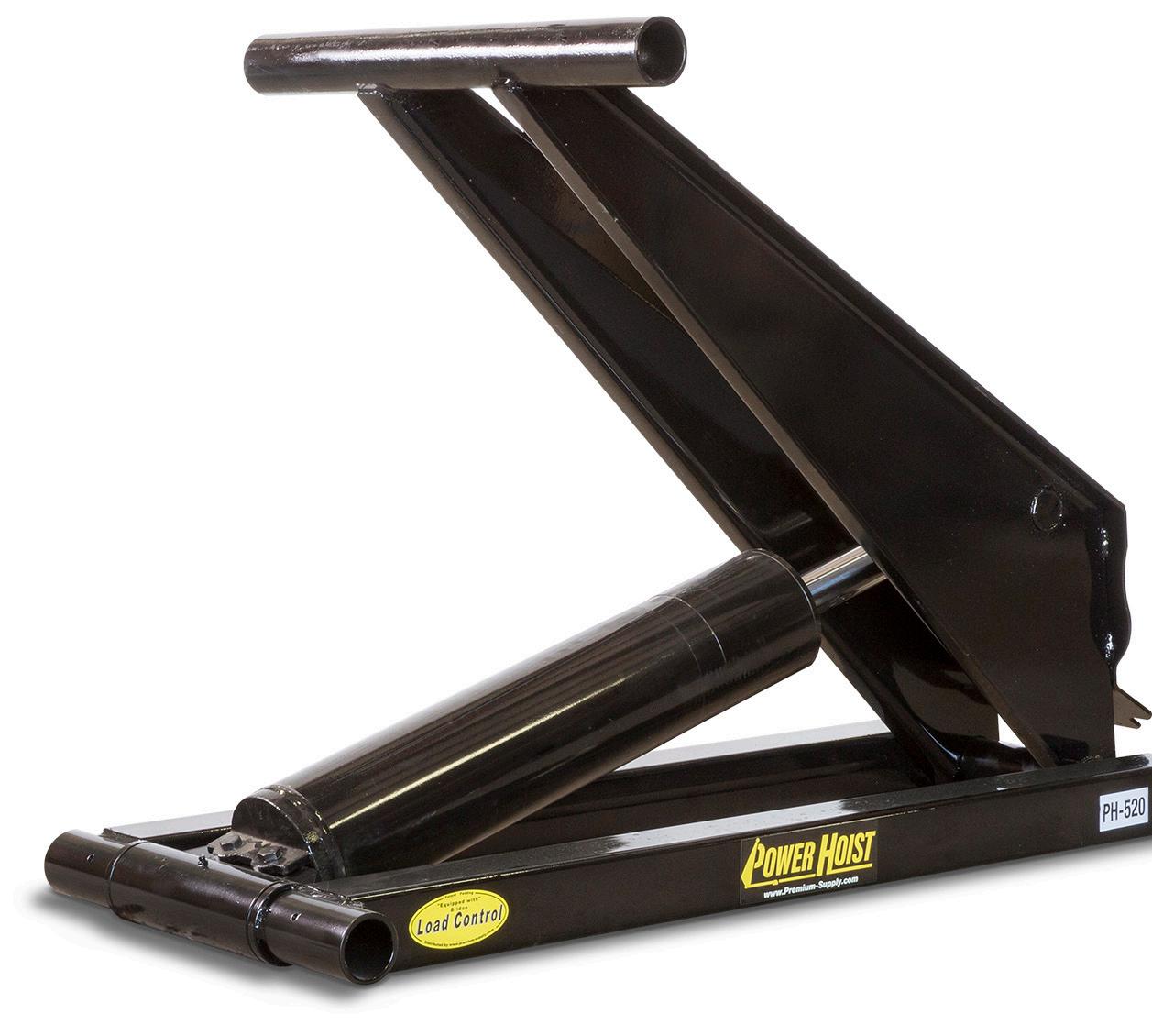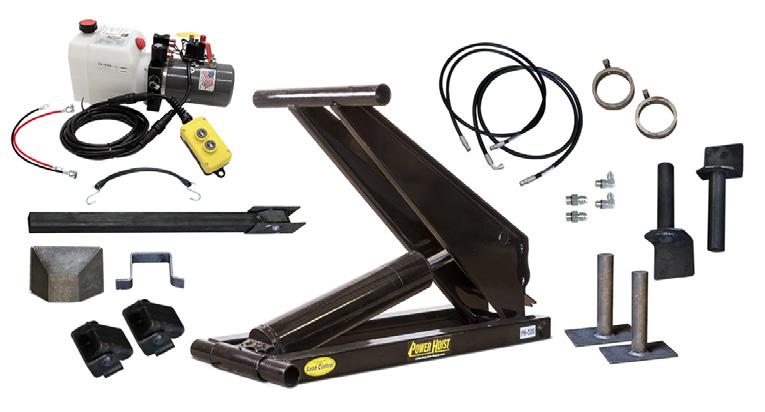
5 minute read
OSHA Top 10 Violations for 2021 › › › › › › › › ›
By Marsh & McLennan Agency
Every year the Occupational Safety and Health Administration (OSHA) releases the Top 10 most frequently cited standards for the manufacturing industry. This report provides a roadmap of the safety issues OSHA focuses on and the fines they levy from their on-site facility inspections. As such, this report serves as an important guide for your business as you consider priorities within your employee safety program.
There are numerous advantages to focusing on employee safety and the primary goal of a safety program is to ensure your workers return home at the end of their workday in the same physical condition as when they arrived. Your commitment to a safe work environment becomes part of your work culture and can be an important factor in your ability to attract and retain employees. It is also found that businesses with strong safety cultures have employees who are more engaged on the job, which increases productivity and decreases likelihood of an accident at work. A study by Lockheed Martin of their Paducah, Ky., facility showed that by developing a safety culture, they were able to increase productivity by 24 percent. The tension between productivity and safety is age old but companies that focus on and build safe work environments prove repeatedly that productivity does not suffer.
If the merits of a safe workplace don’t motivate you, then perhaps OSHA’s penalties will get your attention. OSHA penalties are on the rise. From 1990 to 2016, OSHA penalties did not increase. All of that changed when Congress enacted the Federal Civil Penalties Inflation Adjustment Act Improvements Act of 2015. This act not only increased the penalties to “make up” for the many years when no increases were made, it also indexed future penalties to inflation so annual adjustments will push OSHA fines higher. In 2015, the maximum penalty for Serious and Other-Than-Serious penalties was $7,000 and a Willful or Repeated violation carried a maximum penalty of up to $70,000. The penalties for this year are $14,502 and $145,027 per violation, respectively.
Perhaps even more concerning, many in Washington, D.C., do not think the 2015 legislation went far enough. Last year, the House of Representatives voted to approve the “Build Back Better” bill. Included in the nearly 2,500 pages of legislation was language to increase the maximum penalty for Willful or Repeat violations to a staggering $700,000. The Senate later rejected the measure, but the intent of the House sends a clear message to all employers.
With the benefits of a safe workplace in mind, as well as the punitive intent of Congress expressed in the failed 2021 legislation, it is worth noting OSHA’s Top 10 citation list below.
Description of Violation
continued on pg 50
Cited Standard Number
1. General Requirements for All Machines – This standard refers to machine guarding of presses, power saws, jointers, and milling machines. Requirements include securely anchoring fixed machinery, operation guarding, and types of guarding.
2. Control of Hazardous Energy (lockout/tagout) – Control of hazardous energy is the practice of de-energizing equipment and locking the energy source to prevent release of energy. Requirements include written procedures, training, and periodic inspection.
3. Respiratory Protection – This standard refers to respirators used to protect employees from hazardous substances. Requirements of this standard include a written program, selection of respirators, medical evaluations, fit testing, safe operating procedures, and training.
4. Hazard Communication – This standard refers to the UN Globally Harmonized
System of Classification and Labeling of Chemicals. Requirements include developing and implementing a program, recordkeeping, labeling, and training. 29 CFR 1910.212
29 CFR 1910.147
29 CFR 1910.134
29 CFR 1910.1200
SAFE. DURABLE. RELIABLE KITS.

Get efficient and safe performance for your 8’ - 24’ dump trailers with our new Power Hoist scissor lift kits. These lift kits provide greater battery life, and in the event of a hose failure, their patented Bridon load control valve safely lowers the dump box at a controlled speed whether the box is empty or overloaded. Our scissor lift kits allow you to operate your dump trailer with confidence.

We are the largest trailer parts distributor in North America, and we offer competitive pricing, best product availability and 24/7 online ordering capabilities for all our Power Hoist scissor lift kits.
Our complete kits include
Power hoist, hinges, KTI pump, 110” hose, 120” hose, fittings, patented Bridon load control valve, prop kit (arm, cup and arm support) and battery cables (12V battery sold separate).

Description of Violation
5. Powered Industrial Trucks – Powered industrial trucks include forklifts and fork trucks. This standard’s requirements include operator training, inspections, and safe work practices.
6. General Electrical Requirements – This standard refers to the practice of examining, installing, and using electrical equipment of different types, sizes, voltage, and current capacity. Requirements include specifications for electrical connections, terminals, guarding live parts, and working with 600 volts.
7. Wiring Methods, Components, and Equipment for General Use – This standard refers to the practice of using the proper methods when wiring different setups. Requirements include following proper methods for temporary wiring, cable trays, electrical cabinets, and switches.
8. General Personal Protective Equipment (PPE) Requirements – This standard refers to providing, managing, and maintaining the proper personal protective equipment for employees. Requirements include identifying required PPE, maintenance, sanitation, replacement, and training.
9. Woodworking Machinery Requirements – This standard applies to woodworking machinery, such as table saws, circular saws, jointers, and planers. The standards are specific to each type of machine and focus mainly on guarding the points of operation.
10. Occupational Noise Exposure – This standard refers to the reduction of employees’ exposure to excessive noise. Requirements include noise monitoring, employee training, audiometric testing, and providing hearing protection.
Cited Standard Number
29 CFR 1910.178
29 CFR 1910.303
29 CFR 1910.305
29 CFR 1910.132
29 CFR 1910.213
29 CFR 1910.95
While accidents can happen in the safest of work environments, employers who prioritize employee safety can reduce workplace accidents and increase the likelihood their employees return home happy and healthy. If you would like more information on how to implement safety initiatives related to the OSHA standards above, email Marsh & McLennan’s Steve Zink at Steve.Zink@marshmma.com. ■











